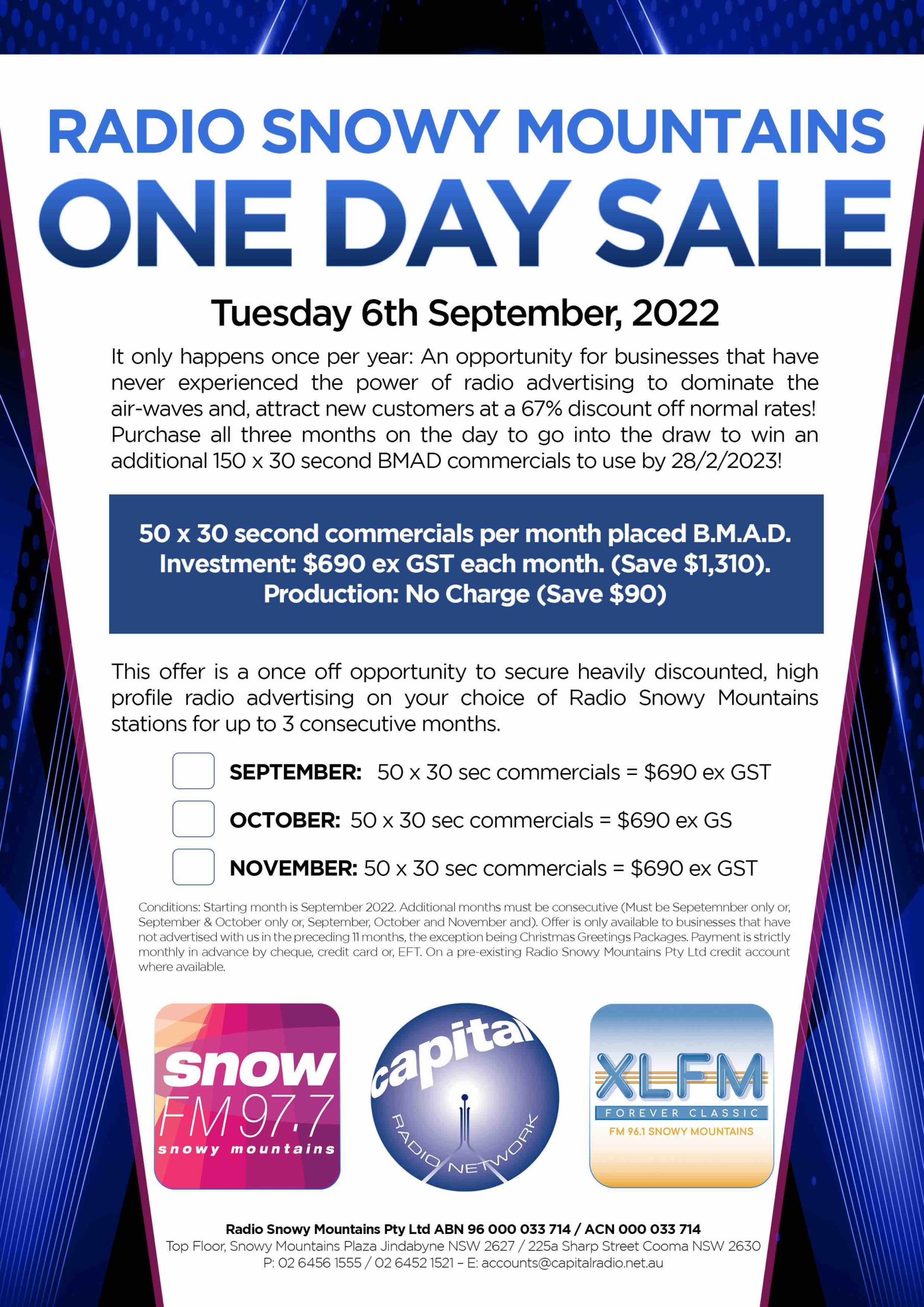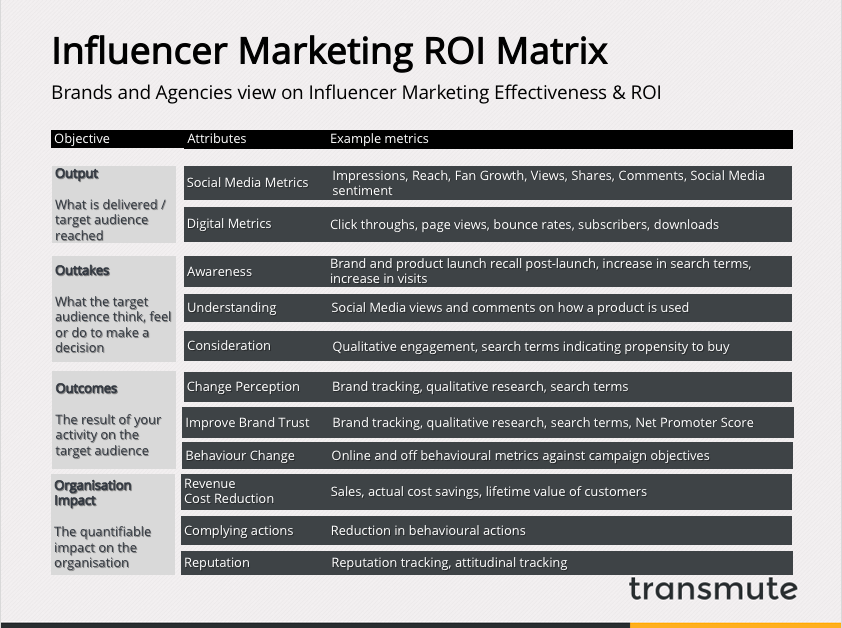
Digital billboard advertisement is a great method to get your company's name out and communicate your message in a quick and cost-effective manner. This is a cost-effective way to build brand awareness and loyalty, as well as drive traffic to your site.
The best locations for a digital billboard are freeways, near train stations and bus terminals, and in downtown city areas. These areas have the most traffic and are a great way to reach a broad audience.
Another benefit of digital billboards are their flexibility. They can be customized to your needs and market requirements at any time. This makes it easier to target different demographics and make your advertisement relevant to a specific group of people.
This feature is very useful when you need to advertise a promotion or sale. You can change the digital billboard display every day, week or month to advertise a different deal. This will enable you to adapt to external variables such as traffic or weather that can affect the success of an ad.

You can alter the date and time of your advertisement so it is displayed when it is most relevant to your audience. This is especially important if you have an offer that is only available for a short time and need to put it on your digital billboard.
This will save you money over the long-term. If you have multiple products or stores that require advertising, this can be very useful.
A digital billboard's content can be generated electronically and sent directly to the screen. This reduces printing costs and makes your advertisement visible to as many people as possible.
In addition to displaying advertisements, digital billboards can be used for other purposes as well. They can display information about stock courses or RSS-feeds. This allows businesses to create content in a more innovative way than traditional billboards. It also gives consumers an interactive experience.
Some digital billboards even have motion sensors and face detection technology to turn them into interactive displays. Women's Aid, a UK charity, used a digital billboard that could communicate with the screen to increase awareness about domestic violence against women. The screen could see the battered face of a woman and would gradually heal the injuries, creating an engaging and memorable experience for viewers.

These features make digital billboards unique from traditional ones and are why they are so beloved. These are a great way of quickly spreading your brand's message, and helping you stand out among the rest.
They are also great for advertising events and promotions such as major concerts or baseball games. These screens can be used for large events due to their size and quality. It will also increase the visibility of your product or brand.
FAQ
What is branding?
Branding is how you convey who you really are and what you believe in. It is how you make people recall you when they hear you name.
Branding refers to creating a brand that is memorable for your company. A brand is not just a logo but also includes everything from your physical appearance to the tone of voice used by employees.
A strong brand helps customers feel confident in buying from you because they know exactly what they're getting. This gives customers the confidence to choose your products over other brands.
Apple is an example of a well-branded business. Apple is a globally recognized brand because of its beautiful design, high-quality product lines, and friendly customer service.
Apple's name has become synonymous for technology. Apple is synonymous with technology.
Before you launch a new business, it is worth creating a brand. This will give your business a face and personality.
What is the cost of advertising on social media?
This route is not for everyone. You will be charged monthly for your time spent on each platform.
Facebook - $0.10 Per 1,000 Impressions
Twitter - $0.20 per 1,000 impressions (if you tweet)
If you send out invitations to Linkedin, $0.30 per 1,000 impressions
Instagram: $0.50 per 1,000 impressions
Snapchat - $0.60 for 1,000 impressions ($0.40 Per User)
YouTube – $0.25 per 1000 views
Tumblr - $0.15 per 1,000 impressions for text posts.
Pinterest - $0.05 per 1,000 impressions per month
Google + $0.15-$0.20 Per 1 Million Impressions
Tumblr - $0.15- $0.20 per 100,000 impressions
Vimeo – $0.20- $0.25 Per 10,000 Impressions
Soundcloud – $0.20-$0.25 for 1 million plays
StumbleUpon - $0.20 -$0.25 per 1 billion pageviews
Digg – $0.20 - 0.25 per 1000 diggs
Reddit - $0.20-$0.25 per 1000 comments
Wordpress - $0.20 to-$0.25 for 500 comments
Flickr - $0.20 -- $0.25 per 5,000 photo uploads
Is there a way to get no cost traffic?
Free Traffic refers to the traffic that comes directly from organic search results without paying for ads. This type of traffic is known as organic traffic or natural traffic. There are many methods to obtain free traffic such as article marketing or social media marketing.
Article Marketing is a popular way to get traffic for free. It has an extremely low cost-per-click (CPC). Paid ads have a higher CPC, but the CPC is typically much lower than paid ads. Article marketing is also called content marketing.
Social Media Marketing- You can promote your business using social media sites like Facebook and Twitter. These platforms allow you to share updates, photos, and establish relationships with potential customers. Many businesses choose to pay for ad space on social media websites because they want to reach a wider audience at a lower price.
Blogging-Blogging is another great way of generating free traffic. Quality content that is enjoyable to read will attract people. You can start to monetize your blog with the sale of products or services after you have attracted readers.
Email Marketing - Email marketing has been around since the early days of the Internet, but today it still remains one of the best ways to drive traffic to your website. Sending emails regularly is a good strategy to grow your list of subscribers and eventually sell them something.
What is affiliate market?
Affiliate marketing can be described as an online business model. You earn commissions by referring customers who purchase products and/or services on other websites. If someone buys from your product, you get paid by the owner.
Referrals are the foundation of affiliate marketing. Referring people to your website is all that's required. All they have to do is to refer them the website.
There are many ways to make money, without having to do any selling. It's equally easy to sell and buy.
It takes just minutes to set up an account as an affiliate.
The more you refer people, the more you'll receive commission.
There are two types.
-
Affiliates who have their website owned by them
-
Affiliates that work for companies offering products and services.
What is an advert buyer?
Advertising space is purchased by an advertiser on TV, radio and printed media.
An advertiser pays for the time they want their message to appear.
They are not necessarily looking for the best ad but rather what is most effective at reaching their target market.
An advertiser might have information specific to their potential customers such as age and gender, marital status or occupation, hobbies, interests, income, etc.
This data can be used by the advertiser to decide which media is most effective for them. An example is direct mail that appeals to older people.
Advertisers also look at the competition. Advertisers may decide to place their ads in close proximity to similar businesses.
Advertisers must also take into account the size of their budget as well as the time it will take to spend the money before it expires.
What is the best way to advertise in print?
Print advertising is a good medium to communicate effectively with consumers. It is used by many companies for promoting products and services. The main goal is to catch the attention and buy from the consumer.
Print ads are usually one page in length and can include text, images and logos. These ads may include sound, animation and video as well as hyperlinks.
The following categories are the most common types of print advertisements:
1. Brochures – These are large format printed pieces that are intended to draw people into stores. They often have colorful pictures and eye-catching designs.
2. Catalogues - These are smaller versions of brochures. These are often sent to customers who have asked for information on particular items.
3. Flyers - These are small pieces of paper distributed at events such as concerts and fairs. They can be given at retail outlets but must be paid for.
4. Posters - These are larger versions of flyers. They are often displayed on walls, fences, or buildings. They are usually created using computer software programs designed to catch passersby's attention.
5. Direct mail – This is a direct mailing of letters or postcards directly to customers. Companies send these out periodically to remind existing customers about their business.
6. Newspaper Ads – These are ads that appear in newspapers or magazines. These are typically quite long and often contain text as well images.
What is radio advertising?
It is important that you understand the differences between media. It is important to understand that all media forms are complementary and not competitive.
Radio is best used as an extension of television advertising. Radio complements television advertising by reinforcing key messages or providing additional information.
Radio listeners are often not able to handle long TV commercials. Radio ads are generally shorter and less expensive.
Statistics
- Worldwide spending on advertising in 2015 amounted to an estimated US$529.43 billion. (en.wikipedia.org)
- Nonetheless, advertising spending as a share of GDP was slightly lower – about 2.4 percent. (en.wikipedia.org)
- It collects money from the advertisers, keeps 32% for its role in facilitating the process, and the remaining 68% goes to the publisher (you). (quicksprout.com)
- Advertising's projected distribution for 2017 was 40.4% on TV, 33.3% on digital, 9% on newspapers, 6.9% on magazines, 5.8% outdoor, and 4.3% on radio. (en.wikipedia.org)
External Links
How To
How to put ads on your website
Ads are an essential part of any business. They can help you reach new customers and keep them coming back.
Ads also let you promote your products and services without spending money directly on advertising.
Google Adsense is a way to display image or text ads on your blog or website.
Google Adsense lets you earn revenue for each click on the ad links on your website. It doesn't take any code to create your ads.
To get started, just sign up for a free account at www.google.com/adsense. These are the next steps:
-
You can create ads with the Ad Builder tool. The tool allows you to create different ads such as text, images or interactive ads.
-
Once you've created your ads, you'll need to upload them to your AdSense account. Select "Upload" from the "My Ads” section of the left-hand menu bar.
-
Next, add keywords to describe your product or service to make sure your ads appear on search results that are relevant to your niche.
-
Finally, copy and paste your ads into the appropriate areas of your website. Once you have done this, your ads will be automatically loaded onto the site.
-
Visitors who click on an ad from you will be redirected to a different page on your website where they can buy your products or services.
-
You earn when someone clicks an AdSense advert.
-
Go to the My Account tab, located at the top of the AdSense dashboard. There you will find reports detailing the performance of your ads.
-
Your earnings can also be downloaded as a CSV.
-
If you wish to increase your earnings, make adjustments to your ads.
-
You can also pause or remove your ads at anytime.
-
You can also contact us with questions or concerns.